Managing Project Assumptions and Risks
The IIL Blog
SEPTEMBER 13, 2023
By Alan Zucker We make hundreds of assumptions and take small risks daily. Recovering from these risks may be inconvenient but not horribly impactful. Project assumptions and risks are not as casual. Project assumptions and risks are not as casual. Our risks were identified, but a response strategy was never created.


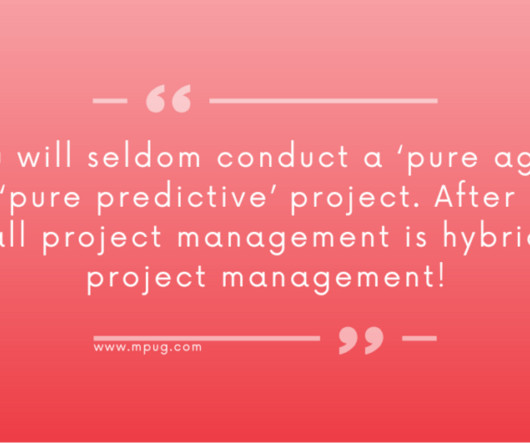


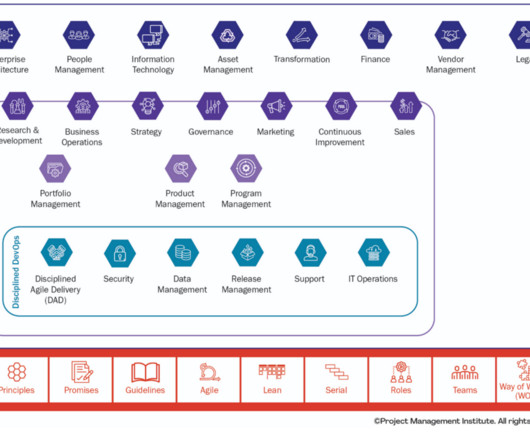

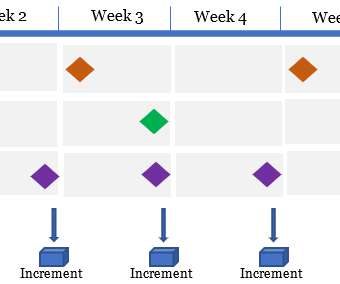
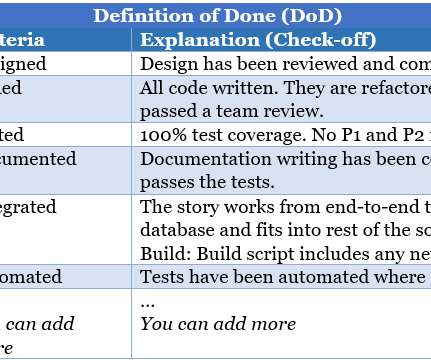
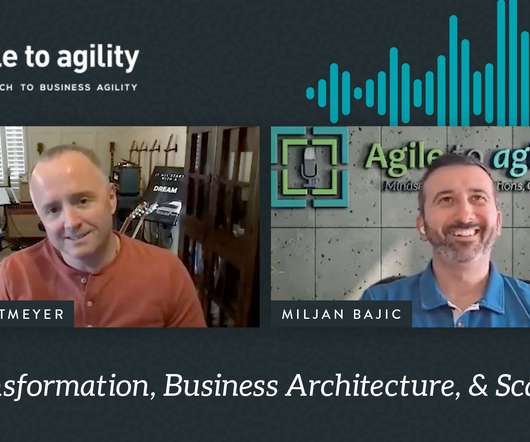














Let's personalize your content